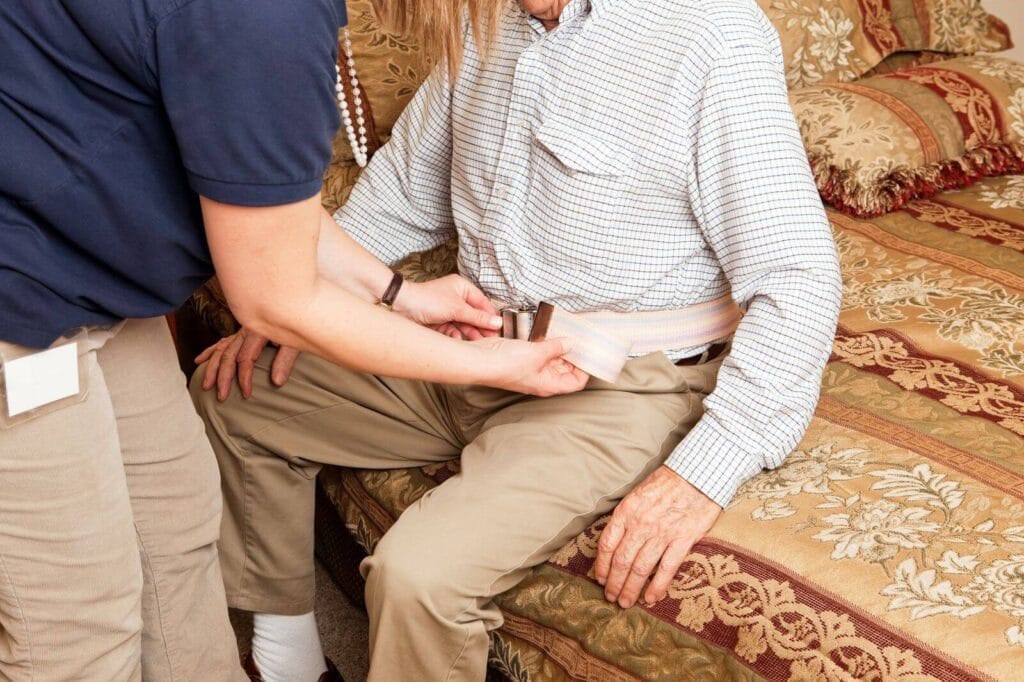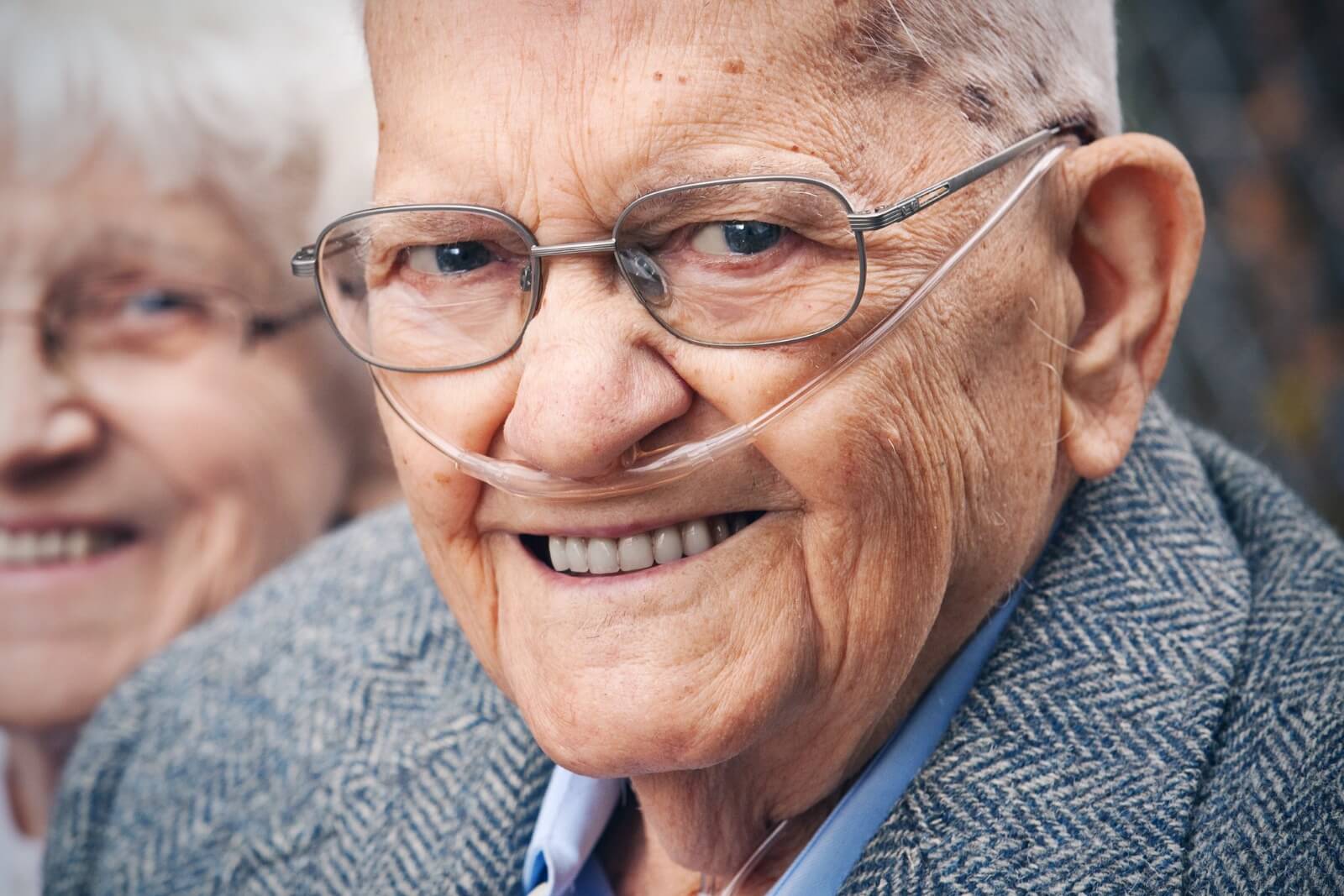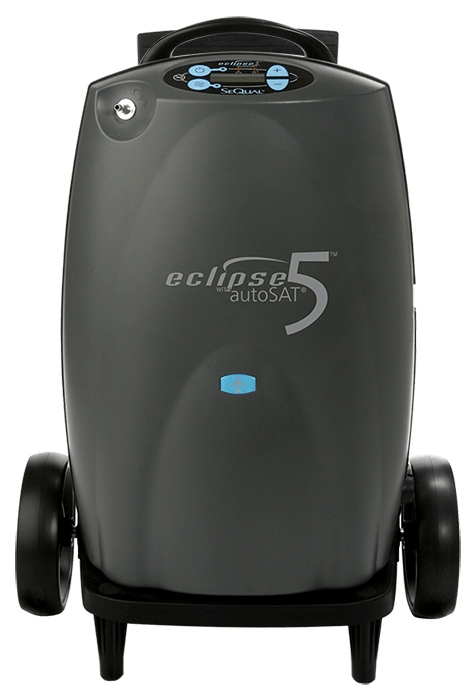
Activities of daily living (ADLs) are the tasks that we all do daily to care for ourselves. Transferring, or moving from one position to another, is an ADL that is often taken for granted or misunderstood. Some seniors require assistance with ADLs, including transferring, as they age. Understanding transferring and its role in daily life and knowing the transfer devices available to assist while transferring can help keep your loved one safe. Here, we’ll look at what transferring is before exploring some options for transfer devices that can help you or a loved one safely change positions.
What is transferring?
Transferring is the act of moving from one place or position to another. For example, when you get into your car, you’re transferring from standing to sitting in the seat. Other examples of transferring include getting from a wheelchair into a bed or from standing with a walker to sitting in a chair.
Transferring is a complex task we all do throughout the day. It requires muscular strength, joint stability, cognitive understanding, and good balance. People who find transferring challenging might experience pain while standing or sitting, feel unsteady when shifting their weight, or not understand how to get from one position to another.
Without the right support, transferring can be dangerous for older adults with mobility issues or weakness. Falls can happen when moving from one seat to another or getting out of a chair. Transferring can also be dangerous for family caregivers, as they might hurt themselves when trying to support their loved one during the process.
Fortunately, transfer devices can make transferring safer for everyone. There are different aids for different transfers and mobility issues. Below, we’ll explore various transfer devices that can keep you or a loved one safe while changing positions.
Gait belt
A gait belt, also known as a transfer belt, is a transfer device that caregivers use to assist a loved one with standing, sitting, and walking. These belts are usually made from a sturdy material and look like wide belts with a buckle or a Velcro closure. The caregiver wraps the belt securely around their loved one’s waist over their clothes. The belt gives the caregiver a firm grip to hold on to while helping their loved one to stand or sit down. This secure point of contact allows the caregiver to maintain balance and control over their loved one’s movements, ensuring safe transferring and reducing the risk of falling.
You can find a gait belt at your local pharmacy or online for less than $20. A helpful tip is to wear it around your waist while visiting with your aging loved one so that you never forget it when you’re there.
Shower transfer bench
A transfer bench can provide extra peace of mind for a person who feels unsteady stepping into the shower. A shower transfer bench is an extra-long shower chair that extends over the wall of the tub so that the person can sit on it outside of the shower and then scoot into the shower without having to stand up. They can then use it as they would a normal shower chair. This device is helpful for someone who is in a wheelchair but is also quite helpful for someone who might not feel comfortable stepping over the wall of the bathtub or standing to take a shower.
It can be helpful for your loved one to practice using it fully clothed and without water until they understand how to navigate it successfully. You can also schedule an appointment with an occupational therapist so that you and your loved one can learn how to effectively and safely use this helpful piece of durable medical equipment.
You can find a shower transfer bench online or at your local pharmacy. Transfer benches are typically less than $75.
Transfer board
A transfer board is a piece of equipment that helps a person move from one surface to another, such as from a bed to a wheelchair or from a wheelchair to a car seat. They are useful for a loved one who uses a wheelchair or who lacks the lower body strength to stand up to transfer. To use the board, the user places one end on the starting surface and the other on their destination. The person remains seated during the transfer, scooting from one seat to the next on the board.
These boards are typically made from sturdy plastic or wood and are flat and smooth so the person can easily slide across the surface. They come in various sizes, and some have handles to provide stability for both the user and the caregiver.
Transfer boards do not have back support, so your loved one must have a strong enough core to support themselves and remain seated without tipping backward when transferring. Remember, a physical therapist can train you on using this device to keep you and your loved one safe.
You can find transfer boards online through medical supply or pharmacy websites. They typically cost less than $40.
Hydraulic lift
A gait belt may not be safe enough for someone who requires extensive assistance getting in and out of bed or transferring into a wheelchair. Hydraulic lifts are transfer devices that help people with extensive mobility impairment. These lifts typically consist of a sturdy frame equipped with a hydraulic mechanism and a sling or harness to support the person during the transfer. The caregiver can safely and comfortably lift the person from a sitting or lying position and transfer them to another location.
Keep in mind that a hydraulic lift can be quite dangerous when used incorrectly. Only explore this option if a physician has recommended it and you and your loved one have been trained to use it.
Hydraulic lifts can be found online or from a medical supply vendor. Although this piece of equipment can cost more than $1,500, insurance or other local grants might be able to offset the costs.
Transfer devices help seniors and caregivers
Transferring without the proper support can lead to falls or injuries, but the right supportive devices can ensure safety and independence. Transfer devices are helpful tools for both seniors and caregivers that enhance safety and reduce physical strain. They play an important role in maintaining a safe and supportive environment in which seniors and caregivers can feel secure and confident in their daily routines.








